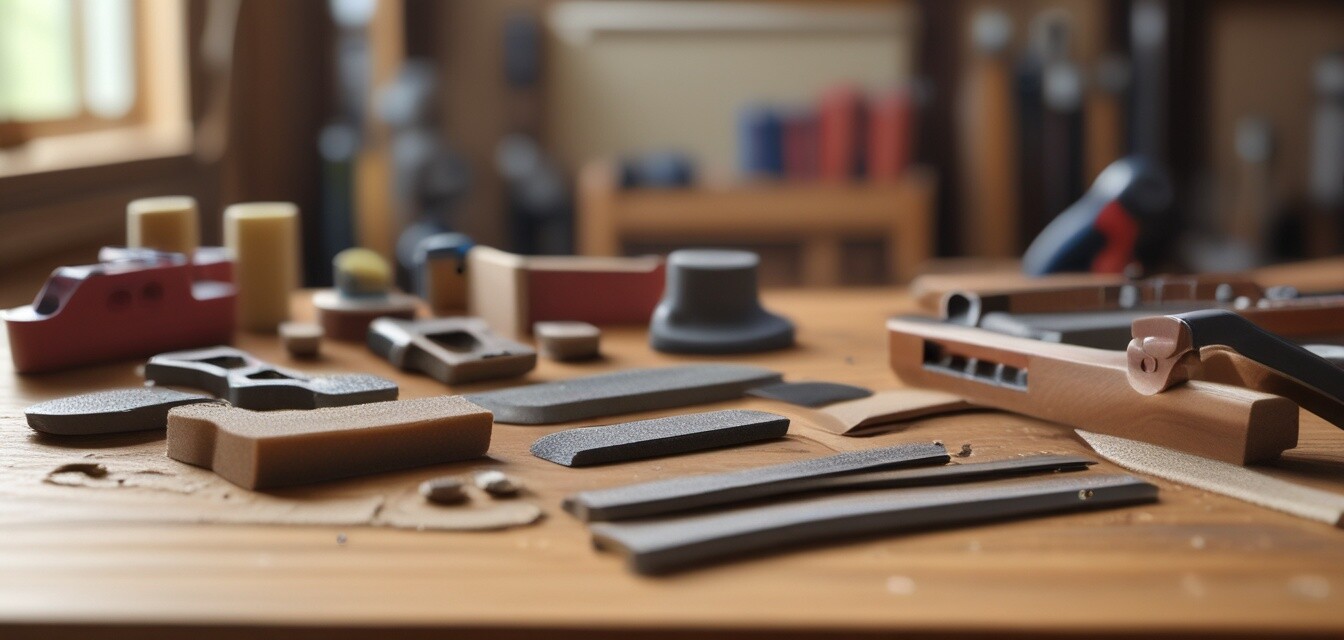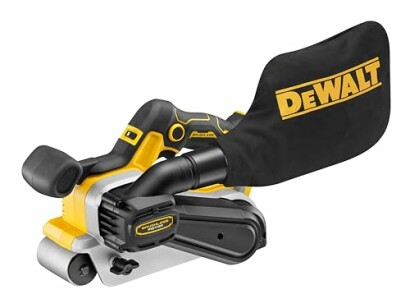
Best Sanding Tools for Every Surface
- Sanding tools come in various types to cater to different materials and surfaces.
- Choosing the right sanding tool can impact the efficacy of your work and the finish quality.
- Portable sanding tools provide convenience, especially for contractors and DIY enthusiasts.
When it comes to achieving smooth finishes on wood, metal, and more, having the right sanding tools is essential. In this guide, we will review some of the best sanding tools available on the market. We'll cover various types of sanders, how they work, and what makes them ideal for different tasks. Whether you’re a professional contractor or a DIY enthusiast, this guide will help you make informed decisions.
Types of Sanding Tools
Before diving into specific products, it's crucial to understand the different types of sanding tools available and their respective uses. Here’s a breakdown:
| Type of Sander | Best For | Features |
|---|---|---|
| Orbital Sander | Wood surfaces | Random orbital motion, leaves a smooth finish |
| Belt Sander | Larger wood surfaces | High speed, removes material quickly |
| Detail Sander | Intricate areas | Compact, works well in tight spots |
| Sandpaper | Manual sanding | Versatile, available in various grits |
Top Sanding Tools Reviewed
Here are some of the best sanding tools available to help you achieve professional results.
DEWALT DCW200N-XJ 18V XR Brushless 1/4 Sheet Palm Sander
The DEWALT palm sander is equipped with an 18V XR brushless motor, providing enhanced efficiency and durability.
Learn MoreFeatures of the DEWALT Palm Sander
- Wireless Tool Control for dust extractor connectivity
- Hook & Loop Platen for quick sanding disc changes
- Compact design that reduces user fatigue
DEWALT DCW220 18V XR Cordless Belt Sander
This cordless belt sander is designed for efficient sanding with a belt speed of 320m/min, perfect for large surfaces.
Learn MoreKey Features of the Belt Sander
- Belt size of 75 x 533mm for versatile applications
- Lightweight at just 3.0kg for ease of use
- Robust build suitable for heavy-duty sanding
Choosing the Right Sander
Selecting the right sanding tool can greatly affect the outcome of your project. Here are factors to consider:
- Surface Material: Different sanders are suited for wood, metal, or composite materials.
- Project Size: For larger surfaces, a belt sander would be ideal, whereas smaller areas may require a detail sander.
- Dust Collection: Tools with integrated dust collection systems help keep your workspace clean.
Safety Tips when Sanding
When using sanding tools, safety is paramount. Keep these tips in mind:
- Always wear protective eyewear to shield your eyes from dust particles.
- Use a dust mask when working in poorly ventilated areas.
- Make sure to follow the manufacturer’s instructions for operation and maintenance.
Conclusion
Investing in the right sanding tools can make a significant difference in the quality of your projects. Whether it’s the DEWALT DCW200N-XJ for finer details or the robust DEWALT DCW220 for larger jobs, having a range of sanders at your disposal will prepare you for any task.
For more insights into tools, don’t forget to check our Buying Guides or discover more about Battery-Powered Sanders for your needs.


